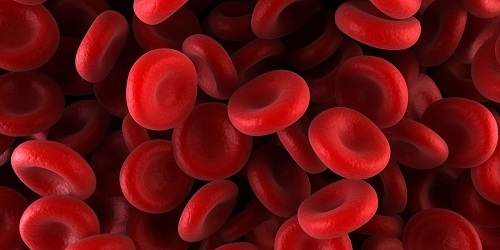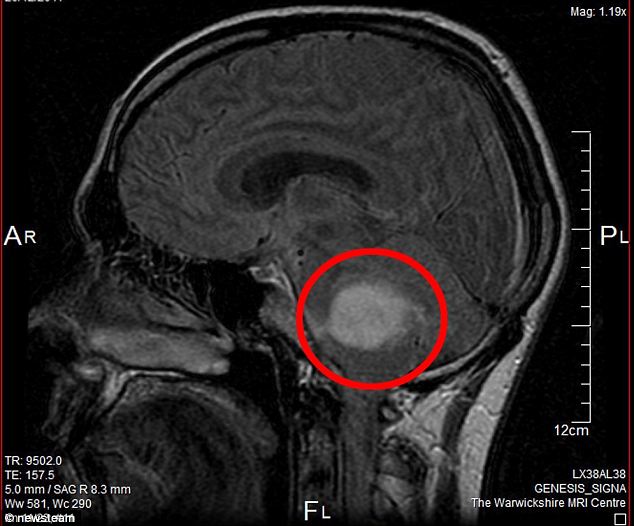
 Canadian researchers have come up with a new tool to help emergency physicians identify potentially life threatening aneurysms in patients with headaches who seem otherwise well.
Canadian researchers have come up with a new tool to help emergency physicians identify potentially life threatening aneurysms in patients with headaches who seem otherwise well.
Referred to medically as a subarachnoid haemorrhage, a bleeding brain aneurysm can cause a sudden headache and kill almost half of all patients with this condition.

“Although rare, accounting for only one per cent-three per cent of headaches, these brain aneurysms are deadly,” says Dr Jeffrey Perry, an emergency physician with the Ottawa Hospital and the University of Ottawa, Ontario, Canada.
According to Dr Perry, about 2/5 of survivors of aneurysms have permanent neurological deficits. “Patients diagnosed when they are alert and with only a headache have much better outcomes, but can be challenging to diagnose as they often look relatively well.”
The Ottawa Subarachnoid Hemorrhage Rule was developed by researchers at the Ottawa Hospital, which also created the Ottawa Rules, decision tools used in emergency departments around the world to identify ankle, knee and spine fractures.

“Before any clinical decision rule can be used safely, it must be validated in new patients to ensure that the derived ‘rule’ did not come to be by chance, and that it is truly safe,” says Dr Perry. “This is especially true with a potentially life-threatening condition such as subarachnoid haemorrhage.”
The newly validated rule gives emergency physicians a reliable tool to identify high-risk patients and rule out the condition in low-risk patients without having to order time-consuming imaging.
The results of the study, conducted on 1,153 alert adult patients with acute sudden onset headache, was recently published in the Canadian Medical Association Journal.
Be a part of Elets Collaborative Initiatives. Join Us for Upcoming Events and explore business opportunities. Like us on Facebook , connect with us on LinkedIn and follow us on Twitter , Instagram.












